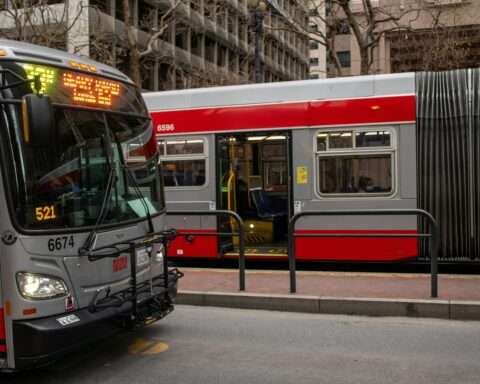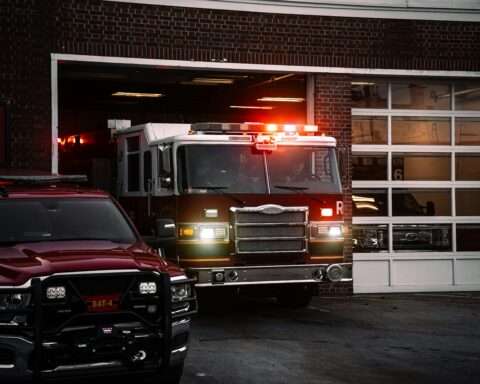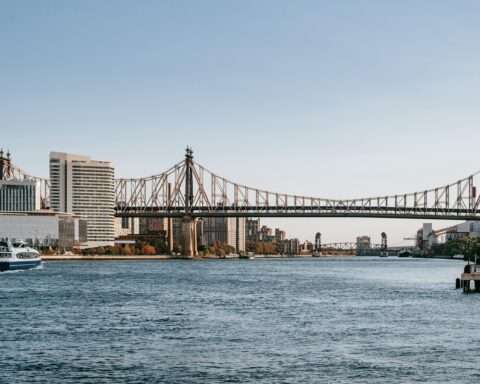Work is more than halfway complete at the Wallis Annenberg Wildlife Crossing near Los Angeles, which is designed to reverse mountain lion inbreeding and set to be the world’s largest when it opens in 2026. The milestone was reached after 82 concrete beams were placed over U.S. Highway 101 at Liberty Canyon Road in Agoura Hill.
Wildlife crossings play a pivotal role in creating a network of interconnected preserved lands and water bodies, essential for safeguarding biodiversity while continuing to provide transportation infrastructure. This sort of habitat connectivity is a central part of California’s 30×30 conservation objectives of preserving 30% of state lands and coastal waters by 2030.
U.S. Highway 101 represents a significant obstacle to wildlife connectivity in Southern California. The Wallis Annenberg Wildlife Crossing aims to re-establish habitats and improve the environment for many species in the region, benefiting both wildlife and human inhabitants.
“An estimated 1 to 2 million collisions … occur each year involving motorists and wildlife in the United States,” the U.S. Forest Service noted in a 2021 report. “These collisions result in 26,000 human injuries and 200 human fatalities at an annual cost to Americans of $8 billion. In addition to the human toll, millions of animals die each year in collisions with vehicles, and others are prevented from accessing important parts of their habitat.”
Decades of conservation efforts have been dedicated to linking habitats on either side of U.S. Highway 101, making the wildlife crossing the final piece to unite protected areas in the Santa Monica Mountains and the Sierra Madre Range.
By providing a secure and sustainable route for wildlife across U.S. Highway 101, the crossing will ease animals’ access to food, shelter and potential mates, particularly crucial amidst climate change and ongoing human development pressures threatening species survival.
The project is a collaboration between the public and private sectors, with philanthropic efforts securing over $34 million, complemented by $58.1 million in state funding.
“We can coexist side by side with all kinds of wild instead of paving it over and choking it off,” Wallis Annenberg said at the groundbreaking ceremony. “It is about bringing more attention to an ingenious solution so urban wildlife and ecosystems like this one cannot only survive, but thrive.”













